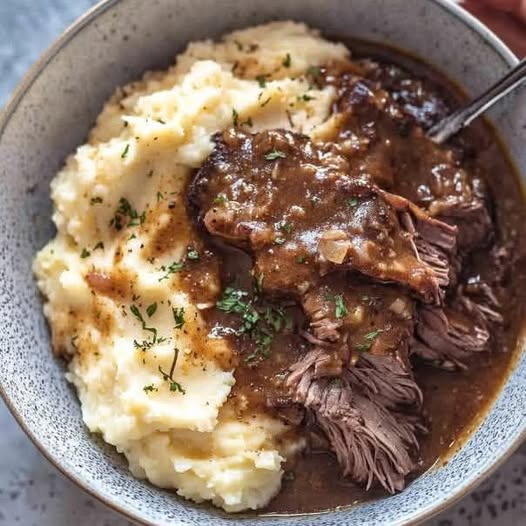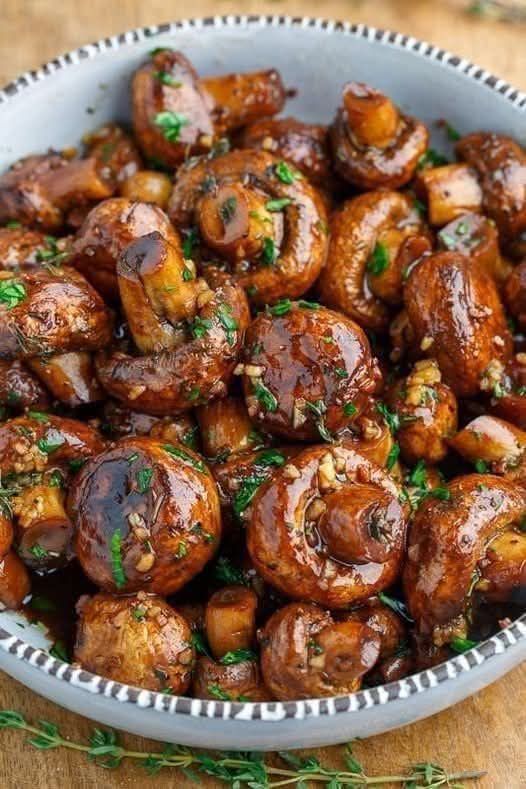Passionfruit Pudding Recipe
Passionfruit Pudding is a delicious and refreshing dessert that brings tropical flavors into your kitchen. This creamy, fruity treat is perfect for any occasion, whether you’re hosting a gathering or just craving something sweet and satisfying. The rich flavor of passionfruit, paired with the creamy texture from sweetened condensed milk and heavy cream, makes this dessert a crowd-pleaser that will leave everyone asking for the recipe.
This dessert can easily be made ahead of time, making it perfect for meal prepping or special events. It’s easy to prepare with just a few basic ingredients, and it has a smooth, silky texture that is sure to delight your taste buds. The addition of passionfruit gelatin and juice concentrate intensifies the tropical flavor, making every bite bursting with zest. Here’s how to make it:
Ingredients
- 2 packets of passionfruit gelatin
- 500 ml of hot water
- 1 packet of passionfruit-flavored powdered juice concentrate
- 1 carton of sweetened condensed milk
- 1 carton of heavy cream
- 1/2 cup of powdered milk
Instructions
Prepare the Gelatin: Start by dissolving the passionfruit gelatin in 500 ml of hot water. Stir it well until the gelatin is fully dissolved, ensuring there are no lumps. This is the base of your pudding that will give it its set consistency.
Add the Flavoring Ingredients: Once the gelatin is dissolved, add the passionfruit-flavored powdered juice concentrate, sweetened condensed milk, heavy cream, and powdered milk to the bowl. The sweetened condensed milk adds creaminess and sweetness, while the heavy cream gives the pudding a luxurious texture. The powdered milk thickens the mixture and adds an extra layer of richness.
Whisk Together: Using a whisk, thoroughly combine all the ingredients until the mixture becomes smooth and homogeneous. This ensures that all the flavors are evenly distributed and that the mixture will set properly in the fridge.
Refrigerate: Pour the mixture into a dish or individual serving cups. Place the pudding in the refrigerator for about 2 hours or until it firms up completely. This step is essential for achieving the creamy, firm consistency that makes this pudding so delightful.
Serve: Once the pudding is set, remove it from the fridge. Serve it chilled, topped with fresh fruit like passionfruit chunks, strawberries, or even a drizzle of caramel syrup for added flavor. Whipped cream is also a perfect topping to enhance the creaminess of the pudding.
Tips
For Extra Creaminess: If you want an even creamier texture, you can blend the pudding mixture in a blender before pouring it into the dish. This will break down any lumps and make it extra smooth.
Fruit Add-ins: Adding fresh fruit is a great way to add texture and natural sweetness to the pudding. Consider adding passionfruit pulp, diced strawberries, or even a handful of berries to each serving for a burst of freshness.
Serve with Toppings: Top the pudding with whipped cream or a drizzle of caramel syrup for a luxurious finish. The sweetness of the caramel complements the tartness of the passionfruit, creating a perfect balance.
How to Turn an Ordinary Recipe into a Healthy and Nutritious One
Turning an ordinary recipe into a healthier version is a simple process that involves swapping out ingredients for healthier alternatives. With a few thoughtful substitutions, you can make your favorite recipes not only more nutritious but also lower in calories, sugar, and fat. Here are some ideas to make your recipes healthier without compromising flavor:
1. Replace White Flour with Whole Wheat Flour or Oats
White flour is a staple in many recipes, but it lacks the fiber and nutrients found in whole wheat flour or oats. Whole wheat flour is made from the entire wheat kernel, which retains its bran, germ, and endosperm, making it a more nutritious option. Oats are also a great flour substitute, especially in baked goods or for thickening sauces. These alternatives are high in fiber, which can aid digestion and help you feel fuller for longer.
2. Use Skim Milk or Almond Milk Instead of Whole Milk
Whole milk is high in fat and calories, but you can easily reduce those by switching to skim milk or almond milk. Skim milk contains all the same essential nutrients as whole milk, but without the extra fat. Almond milk is a great non-dairy alternative, perfect for those who are lactose intolerant or following a plant-based diet. It’s lower in calories and often enriched with vitamins like calcium and vitamin D.
3. Swap Refined Sugar with Natural Sweeteners
Refined sugar is a common ingredient in many recipes, but it’s high in empty calories and can contribute to weight gain and blood sugar spikes. A healthier alternative is to use natural sweeteners like honey, maple syrup, or brown sugar. These sweeteners are lower on the glycemic index, meaning they won’t cause rapid spikes in blood sugar. They also contain some beneficial nutrients, such as antioxidants and vitamins.
4. Use Coconut Oil or Olive Oil Instead of Butter or Vegetable Oil
Butter and vegetable oils are often high in saturated fats, which can contribute to heart disease when consumed in excess. Coconut oil and olive oil are healthier alternatives that contain unsaturated fats, which are better for your heart. Olive oil is particularly rich in monounsaturated fats and antioxidants, while coconut oil is known for its medium-chain triglycerides (MCTs), which may have health benefits like improved metabolism.
5. Use Gluten-Free Flour Alternatives
If you’re following a gluten-free diet or simply want to reduce gluten intake, there are plenty of flour alternatives available. Rice flour, almond flour, and chickpea flour are all great gluten-free options. These flours are rich in protein, fiber, and healthy fats, making them a nutritious alternative to wheat flour. Experiment with different combinations to find the right texture and flavor for your recipe.
6. Add More Vegetables and Fruits to Your Recipes
One of the easiest ways to make your recipes healthier is by increasing the amount of vegetables and fruits. Vegetables like spinach, kale, zucchini, and carrots can be added to soups, stews, and casseroles for a nutrient boost. Fruits like berries, bananas, and citrus can be added to smoothies or desserts for added vitamins, antioxidants, and fiber. The more colorful your plate, the more nutrients you’re getting!
7. Opt for Lean Proteins
When a recipe calls for meat, consider swapping out fatty cuts for leaner options. Chicken breast, turkey, and fish are excellent sources of protein without the added fat. For plant-based proteins, try using beans, lentils, or tofu. These alternatives are lower in calories and fat while still providing plenty of protein for muscle growth and repair.
By making simple substitutions and getting creative in the kitchen, you can turn almost any recipe into a healthier, more nutritious version. Whether you’re baking desserts like passionfruit pudding or cooking savory meals, these adjustments can help you maintain a balanced, wholesome diet while still enjoying your favorite dishes.
Making healthier choices doesn’t mean sacrificing flavor or enjoyment—it’s about finding the right balance between nutrition and taste. With these tips and substitutions, you can create dishes that are both delicious and nutritious.


